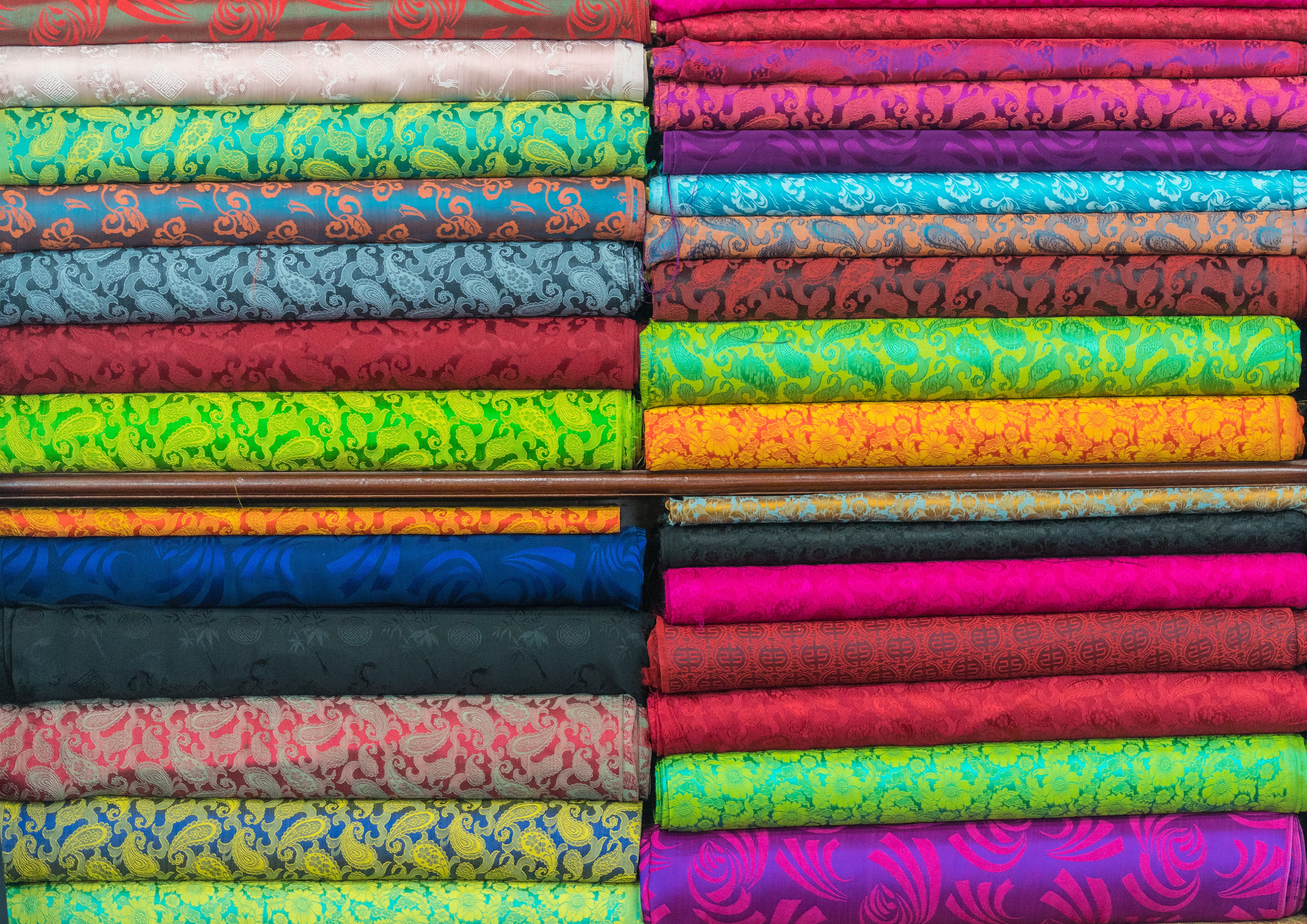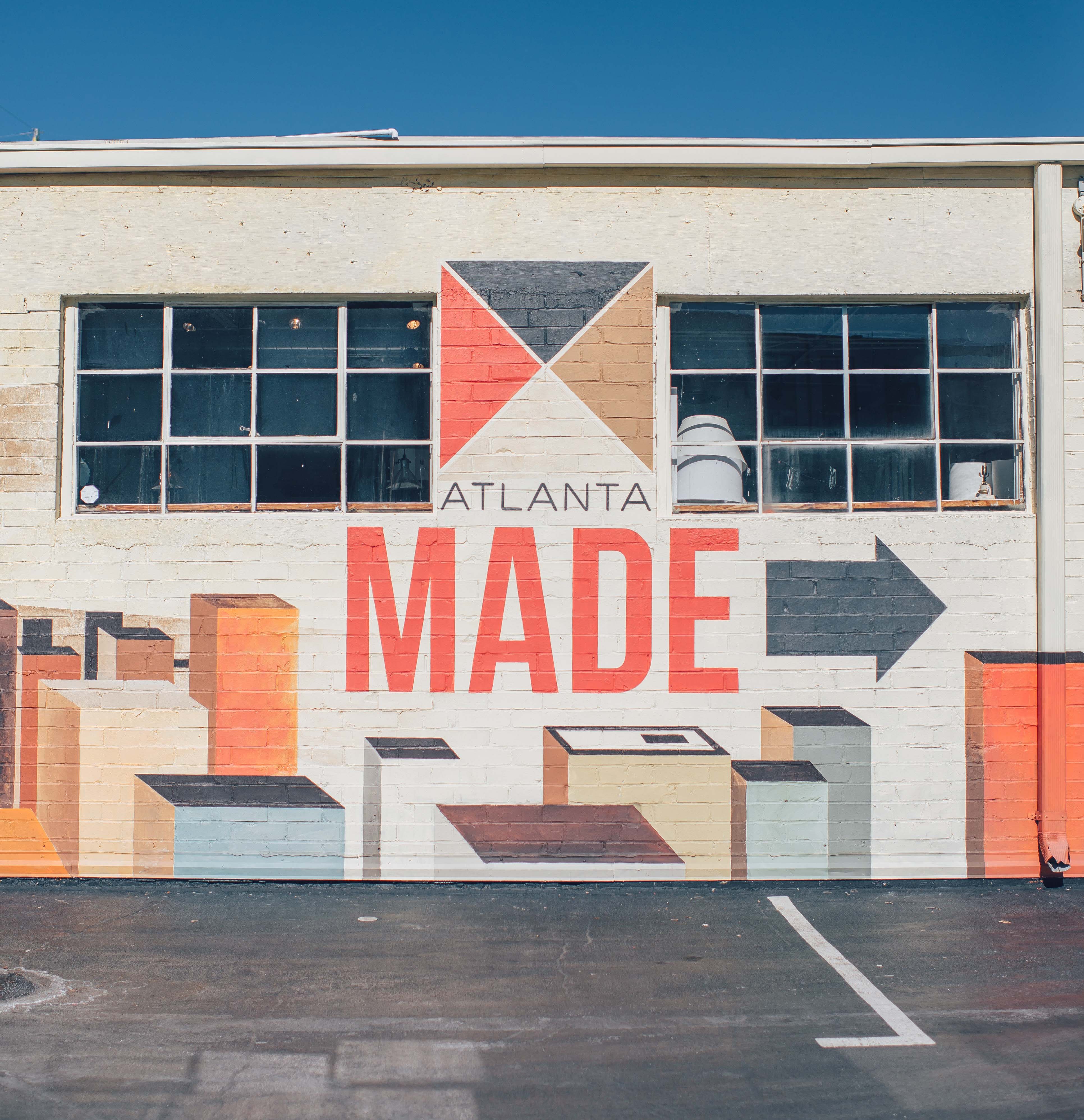Contents
— And save money, time and materials in the process.
Quick and efficient manufacturing is more critical than ever to succeed in the fashion business, not only to cut costs and save time but also as sustainability becomes a major concern.
What are the latest manufacturing practices and would any of these options be viable for you as a designer?
In 2016 American discount retailer Target began implementing a sales plan that included tightening deadlines for deliveries to its warehouses issuing fines for late deliveries and even penalties of up to $10,000 for inaccuracies in product information, as reported by Reuters last year. The idea was to fend off the advances of competitors like Amazon and Wal-Mart for example.
Modern-day brands and fashion entrepreneurs face increasing pressure to deliver garments quicker than ever before to be able to stay in the game.
While this option to speed up the supply chain is certainly not feasible and probably not applicable to the fashion industry, there’s no denying that modern-day brands and fashion entrepreneurs face increasing pressure to deliver garments quicker than ever before to be able to stay in the game.
The traditional model —which consists in producing an inventory, largely based on their actual demand from wholesale or consumers, six months in advance— is already dated and inefficient. Then designers need to create a sales campaign to promote the product to the customers and later, those garments that don’t sell are subject to heavy discounting, which can also affect the image of the brand.
Brands such as H&M, Forever 21, and apparel giant Inditex (owner of Zara, Bershka, Massimo Dutti, among other brands) are in part responsible for the revolution of supply chain speed and, of course, the internet and online consumer behavior. Today the public can find out information about any product from the touch of their mobile phones, compare and skip the middle man as many brands sell directly from their sites and even their social media accounts.
How can clothes manufacturing be adapted to the speedy demands of consumers? Not everyone and every brand can “imitate” fast fashion supply chain model of course, or fine suppliers as Target does. But some brands are choosing to borrow little tricks from big and smaller players alike:
Stocking-up on materials first

Instead of having an overstock of unsold styles (that will end up in the sales rack) at the end of the season, having leftover fabric can be a time saver for future productions. This is why some brands are choosing to buy big quantities of fabric and work around it to come up with the styles, rather than designing first and sourcing fabric second. While others are opting to work with factories’ overstock fabrics, trims, hardware and other materials available in their inventory which are often leftovers from previous productions.
With the use of Techpacker, factories could play a vital role in helping designers know about the availability of their ‘deadstock’ materials and save them time in sourcing. This can be done by creating cards for a factory’s stocked materials with all the necessary in-depth info about them and having the cards ready to share with clients.
This is really cost-effective as new fabric is not required to be sourced and developed. It’s also sustainable as the excess fabric does not go to waste/ landfills if it’s not used and, more importantly, it speeds up the entire development process.
Manufacturing Locally

Long lead times for manufacturing overseas often means producing locally is more profitable in the end
Others are opting to produce close to home despite higher cost of goods. However factors such as risk, import taxes, high minimums and long lead times for manufacturing overseas often means producing locally is more profitable in the end. For example, brands like Reformation produces all of their items in their own factory in Los Angeles, offering fair wages and health benefits to workers. So it’s not just a matter of cutting costs, but also about supply chain transparency and adequate treatment of garment workers.
Another benefit of working with factories locally is greater control and flexibility, allowing designers to make changes that would be more expensive with overseas suppliers.
Micro-manufacturing

Other designers are opting for what is known as micro-manufacturing, like producing one-off items or at a very small scale. This is not only effective in terms of supply chain speed but also eliminates a lot of unnecessary costs and waste material, especially for a brand that is just starting out.
Wool and the Gang, for instance, has a “hand knitting knits” system that allows you to choose a style, yarns, color and size to craft your own knit piece. But if you don’t want to knit the item yourself, there is a knitting community where you can contract another knitting customer to craft it for you.
Create long-lasting styles

Bahrain-born designer Misha Nonoo, employs a direct-to-consumer model — which became famous after launching her collection through an Instagram show during SS2016 New York Fashion Week— which focuses on classic long-lasting styles that are only updated once a year. It wasn’t easy for her to find the right factory willing to manufacture piece by piece, but after she did, her production's waste was reduced by 35%, as she said to The Business of Fashion.
Working with pre-produced Items
Provided the factory is open to doing alterations to adapt to designers’ needs, it's much quicker than having everything manufactured from scratch.
Another interesting option for many designers could be to work with factories that already produce their own ready-to-wear collections with in-house designers. Provided the factory is open to do alterations to adapt to designers’ needs, it's much quicker than having everything manufactured from scratch. The designer may choose not to do this for their entire collection but it could be worthwhile for a specific line or garments.
Techpacker can greatly aid this process. If manufacturers share complete tech packs of each style and provide fabric or trim options (in form of cards) to brands, designers would only need to select and switch the cards as required. Designers can also provide their own details as cards to the factories, optimizing the entire development process.
The concept of “fast fashion” in this new light can boost your business's success, as effective supply chain management can make or break designers. In addition, practices showing transparency and sustainability are becoming increasingly the norm. It’s a matter of finding the right system for you and the right factory to streamline manufacturing without sacrificing quality or further hurting the planet.
Other articles from Techpacker you might like:
How To Find The Right Garment Manufacturer


